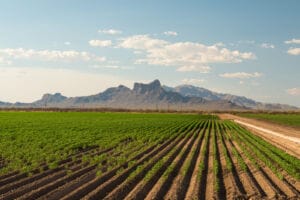Americans started pinching pennies, driving less and forgetting about traffic during the recession. We became greener because we had to. Now with an economic recovery on the horizon traffic may be back. The Texas transportation institute released its 2010 Urban Mobility report, which portrays traffic congestion in 439 U.S. Urban areas. INRIX, a leading private-sector provider of travel time information provided the report.
 “This Urban Mobility Report begins an exciting new era for comprehensive national congestion measurement,” noted researcher Tim Lomax. “By combining the traffic speed data from INRIX with the traffic volume data from the states, we are now able to provide a much better and more detailed picture of the problems facing urban travelers.”
“This Urban Mobility Report begins an exciting new era for comprehensive national congestion measurement,” noted researcher Tim Lomax. “By combining the traffic speed data from INRIX with the traffic volume data from the states, we are now able to provide a much better and more detailed picture of the problems facing urban travelers.”
According to the UMR report, as as the economy rebounds traffic will increase. This is unfortunate because 2008 was one of the best years on record for commuters. Americans used mass transit, car sharing and other means to get around the long commutes. Here are some details from the report on the congestion issues facing the United States.
National Traffic Issues:
- Congestion costs continue to rise: measured in constant 2009 dollars, the cost of congestion has risen from $24 billion in 1982 to $115 billion in 2009.
- The total amount of wasted fuel in 2009 topped 3.9 billion gallons – equal to 130 days of flow in the Alaska Pipeline.
- Cost to the average commuter: $808 in 2009, compared to an inflation-adjusted $351 in 1982.
- Yearly peak delay for the average commuter was 34 hours in 2009, up from 14 hours in 1982.
Public transportation use and roadway operations were highlighted by the as the top two solutions to save consumers money and time.
Public transportation saved commuters 785 million hours of delays, $640 million gallons of fuel and $19 billion in congestion costs. Roadway operation treatments saved commuters 320 million hours of delays, 265 million gallons of fuel and $8 billion in congestion costs. The use of mass transportation had the highest savings to American commuters. It far outreached roadway maintenance and operations.
With the development of high speed rail nationally and the local movements especially in here in Arizona, public transit eludes to be the best way to avoid the headache of commuting by car. It saves time and money.
Tips from the experts:
Researchers recommend a balanced and diversified approach to reducing traffic congestion – one that focuses on more of everything. Their strategies include:
- Get as much use as possible out of the transportation system we have.
- Add roadway and public transportation capacity in the places where it is needed most.
- Change our patterns, employing ideas like ridesharing and flexible work times to avoid traditional “rush hours.”
- Provide more choices, such as alternate routes, telecommuting and toll lanes for faster and more reliable trips.
- Diversify land development patterns, to make walking, biking and mass transit more practical.
- Adopt realistic expectations, recognizing for instance that large urban areas are going to be congested, but they don’t have to stay that way all day long.



